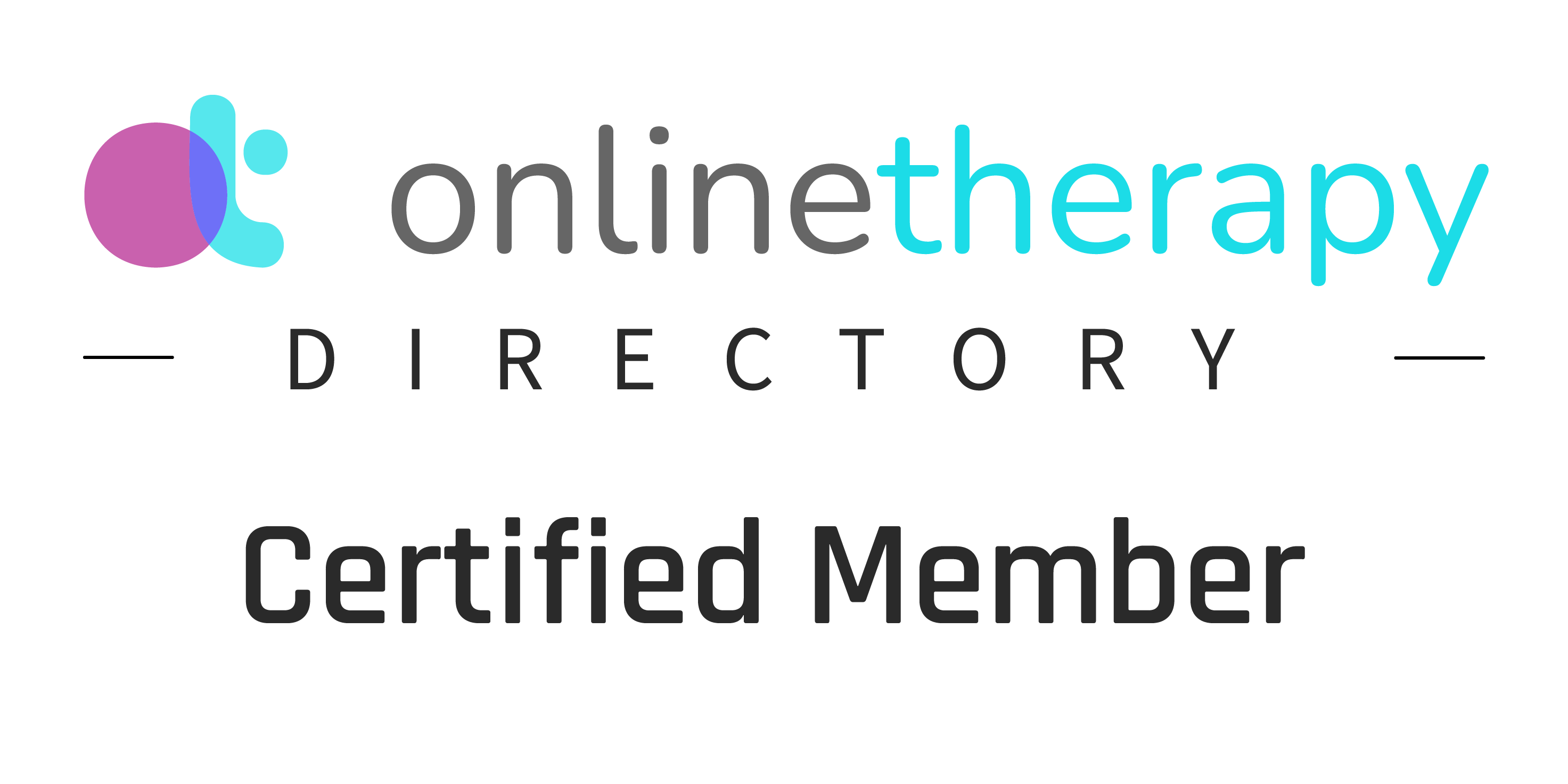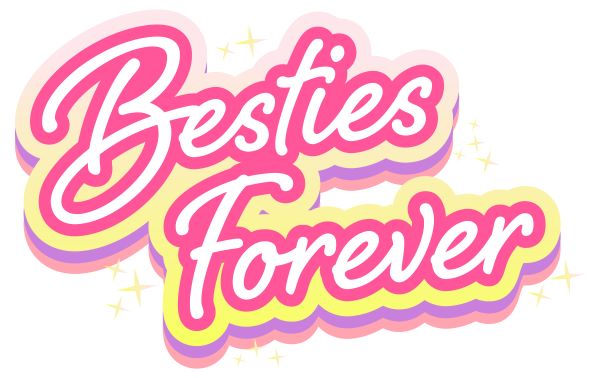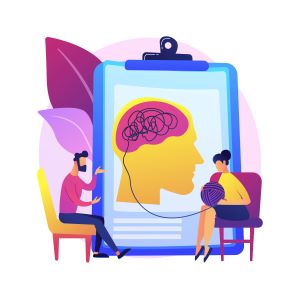Is there some indicator of client success in therapy? And how can I be successful? There are things that you can do to improve your benefits in therapy.
Currently there are many different forms of therapy and every one claim success. Many studies conducted by the creators of the modalities may provide proof to the claim. Yet everyone that enters therapy doesn’t have equal success.
A client enters therapy as there is something that the client wants changed in life and generally believes that therapy can provide that. Sometimes it doesn’t, so why?
Dr. Gendlin working and writing in the 1970’s asked the question, why do some people succeed in therapy and others don’t? He and his team studied hours of taped therapy sessions in which therapists used a variety of different forms of therapy and found a theme. Clients who were internally focused created change and those that didn’t have that internal focus, weren’t as successful (Gendlin, 1978).
What is Internal Focus?
Think back to a recent mild to moderately negative experience. Now as you watch the memory in your mind, let the body sensations arise along the thoughts. Can you accurately identify the events that are happening? Are you able to identify the body sensations? Now can you name the emotions? Are you able to connect to the thoughts that you were having in reaction to other people, events and happenings? Or did it seem as though the events just led to the outcome and you were along for the ride?
The depth for which you can identify emotions, thoughts, reactions and your actions are related directly to your own level of awareness. If for you it felt as though you were swept up by the events with little inward reflection, then the awareness is low. The lower the ability to be aware of the happenings around you, the body sensations within you and the thoughts/reactions in your mind the lower awareness. The more you are able to identify thoughts, feelings, sensations and what you do in response, the higher the awareness.
So how do I know if I have the internal focus?
If you want to test your own awareness, try the Mindful Attention Awareness Scale
Successful Change
Bottom line – the more aware of what is going on outside of ourselves and an inner awareness of body and mind results in increased ability to make changes. Imagine if you were suddenly thrust in the dark but you had no idea what caused it such as a burnt out light bulb or loss in electricity, then it is going to be a challenge to get the lights back on. When we are adequately aware, then we are in a much better place to understand what is going on and be able to apply changes that result in improved mental and emotional states.

Too often, we believe that our emotions are mysterious things that happens to us, that originates outside of us and is caused by external events. Thankfully that isn’t the case and emotions aren’t mysterious at all. Emotions are experienced even by animals and are important for successful social interactions.
Thoughts lead to Emotions
In Rational Living Therapy, we recognize that our emotions are patterns related to our reactions to things in our world. Our reactions are an internal processes within our own brain. Then in a healthy brain, these reactions result in emotional responses. It is important to distinguish that our reactions are thoughts in our head and emotions are physical sensations in the body. And both thoughts and associated emotions are in three broad categories of positive, negative and neutral.
This explanation is simplified but the overall idea is that it is our thinking that causes our emotions. Awareness is important to this entire cycle. If we are so unaware that we cannot determine what is happening. Or we may struggle to know what thoughts pop into our minds or what sensations we feel in our body. If we lack that awareness, then by extension, we are going to be unable to make changes that affect this cycle.
- What is happening in the moment?
- What is going through my mind in relation to the events?
- What are the emotions that I’m feeling? What are my actions?
Being swept along
If we think that it is the outside events that sweep us along and we arrive at an emotion as a result, then we will be at the mercy of the events around us or as my teacher Dr. Pucci would say, “things emotional slaves,” We would only be able to change if the outside event changes. Let’s say that a loved one passed away and as a result we were quite sad. Then if it were the person passing that caused us to be sad, then the only way we would stop being sad is if that person was once more living.
Hallelujah that isn’t the case! Since it is the reactions within our own brain that is generating the emotions and then we act accordingly, then being aware of that process is critically important. With the passing of a loved one, over time our thinking may shift from, for example, “this is awful they passed away as I miss them,” to “I still miss them when I think of them and I am so glad that they were a part of my life.” We can identify and understand the mental process and then we are in a place to make the changes. It all starts with our awareness.
Can I improve awareness?
Certainly! It is a learned mental skill so like so many other we have learned such as reading, math computations, and how to communicate with others, we can improve awareness.
A Quick Lesson on Awareness
Look around you at this very moment. What do you see, hear, smell, feel and taste. Be as detailed as possible. What is it that your eyes are seeing, what surfaces is your body in contact with, what sounds close and far is your ears detecting? Any smells in the space or tastes in your mouth?
Now what thoughts are going through your mind? If this is challenging to discern the constant stream of thoughts, try focusing on one thing in the space and think about that item. Does it mean anything to you? Do you like it? Why or why not? Does your mind go to a memory associated with the item?
Now either close your eyes or leave the space and then return. Open you eyes and repeat the above exercise. Is there some things different the first time to the second time? In familiar spaces, our brain tries to reduce computing power by “glossing over” many of the things in our environment so paying attention to these often familiar spaces helps us to connect and see them anew.
A Deeper Lesson:
This activity takes a bit more time. You are to create two lists. The first list is titled, “What I want to experience as much as possible” and the second is “what I want to avoid as much as possible”. These are basically your day-to-day goals that align with your values. Include at least 5 and up to 10 items in each list. Now look at the lists from the perspective of time devoted to each item.
We all have the same 24 hours per day and we all make decisions how to spend those hours. Bring some awareness to the amount of time for each item on your list that you devote on any given average week. When done, look over the lists and see where you are actually spending your time. If you find that you are devoting the chunk of time to those things that you wish to avoid, then it is time to consider a change. If any of this is a surprise then building awareness may be in order.
When you are ready to build that awareness mental muscle, you can take a free course HERE. Want to learn more about the courses offered using Rational Living therapy HERE. Or want to learn more about therapy HERE.
 Skip to content
Skip to content


